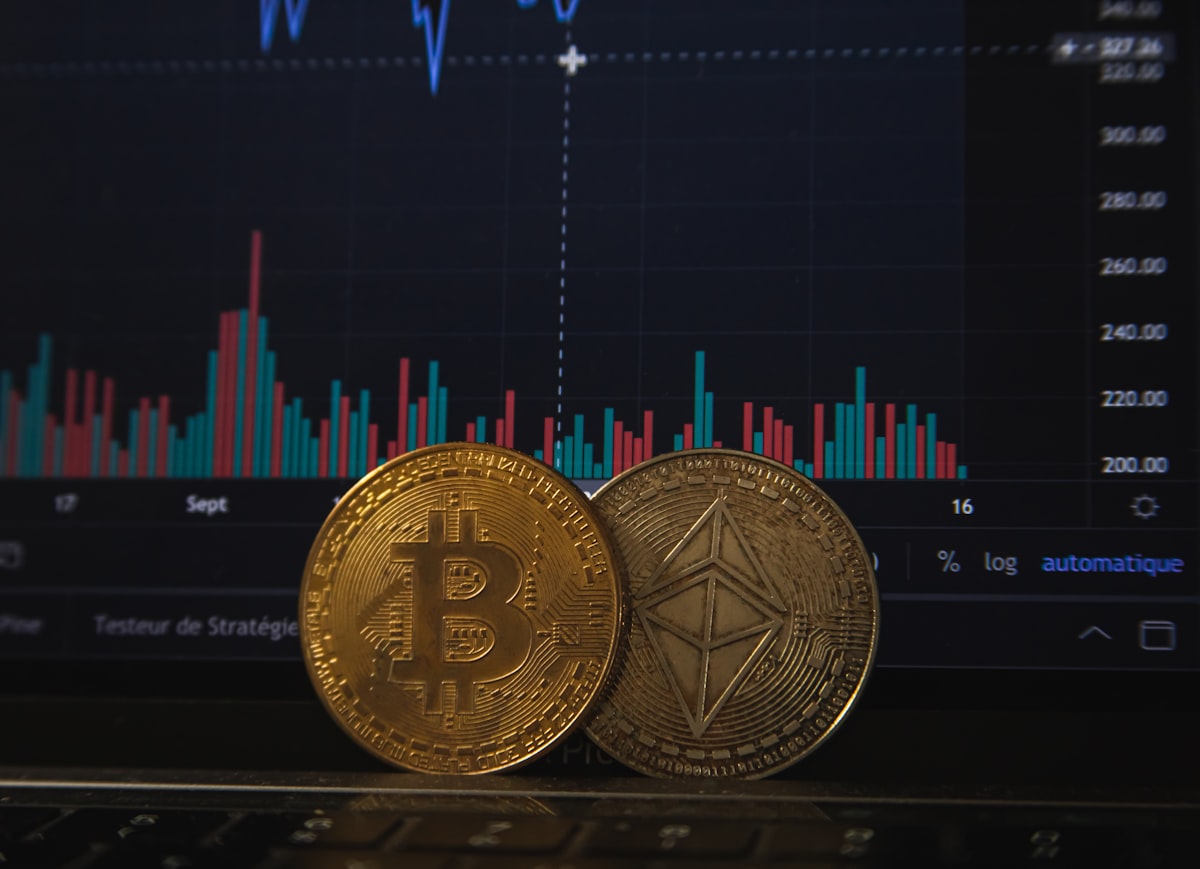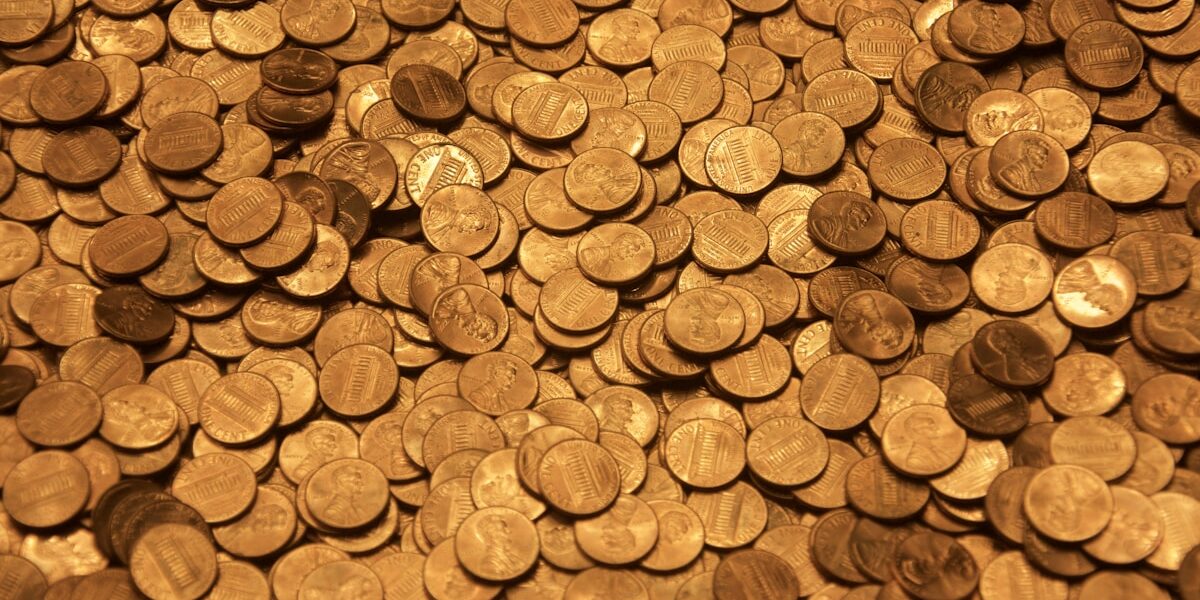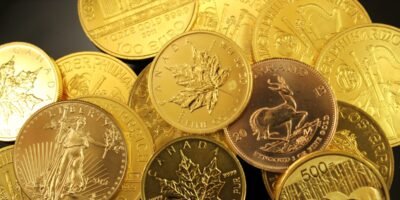The History and Evolution of Indian Head Pennies
The Indian Head penny, minted between 1859 and 1909, is a cornerstone for coin collectors. James B. Longacre, the Chief Engraver of the United States Mint in the mid-19th century, designed this coin. Featuring Liberty in a Native American headdress, it’s a fascinating piece of numismatic history. The blend of symbolism and artistry makes it a captivating subject.
Design and Symbolism

Longacre’s design was initially met with skepticism. The depiction of Liberty wearing a Native American headdress appeared to be an unusual choice. However, it was meant to symbolize the merging of cultures and unity. The initial design in 1859 featured a laurel wreath on the reverse. It changed in 1860 to an oak wreath with a shield. This modification added a formal touch and reflected American strength.
Coin Composition
Indian Head pennies went through several compositional changes. From 1859 to 1864, the coins were made of 88% copper and 12% nickel, earning them the nickname nickel cents. Public complaints about the hardness of these coins led to a change. From 1864 until the end of their mintage in 1909, they consisted of 95% copper and 5% tin and zinc. This adjustment simplified transaction handling and reduced production costs.
Significant Variants and Errors
Error coins often intrigue collectors. The 1864-L variety is notable. The letter L, for Longacre, added to the ribbon of Liberty’s headdress, marks it. Also, the 1873 doubled die obverse is a coveted find. These small anomalies make them more valuable. Such errors, whether from misalignment or striking mistakes, add layers of intrigue and opportunity for collectors.
Collecting Indian Head Pennies
Collectors categorize them into three periods based on their design and materials: Copper-Nickel (1859-1864), Bronze (1864-1886), and Late Bronze (1886-1909). Each period presents different challenges. For example, certain years like 1909, the last year of minting, are more accessible. Conversely, specific dates like 1877 are rarer, commanding higher market values due to fewer surviving examples.
The Journey from Circulation to Collectibility
Initially, these pennies were purely functional. Used in everyday transactions, they facilitated commerce across expanding American territories. As newer designs emerged, they became collectable artifacts. Their journey from utility to collectibility speaks to their enduring appeal. Dealers and hobbyists continue to trade them, preserving their legacy.
Preserving Indian Head Pennies
The condition of a coin dramatically influences its value. Environmental factors can degrade them. To maintain quality, storage in a climate-controlled environment is key. Avoiding contact with bare hands minimizes oil transfer, which causes wear. Investing in proper storage containers can help maintain the integrity of these historical pieces.
The Market Value and Rarity
Some Indian Head pennies reach values in the thousands, primarily determined by rarity and condition. Coins graded higher tend to demand premium prices. Variances in minting numbers between years greatly affect value. Coins from certain mints, like San Francisco, may be valued more due to lower production numbers.
Impact on American Culture
These pennies provide insight into an era of expansion and change in the United States. They represent technological advances and cultural shifts. The coins remind us of a transformative period in history, from the Civil War era through industrialization. The Indian Head design captures a slice of Americana, intertwining art, politics, and commerce.
Noteworthy Auctions and Sales
Auction houses frequently highlight these coins due to collector interest. Rare specimens, particularly those in mint condition, are often auction centerpieces. Sales regularly exceed estimated values, reflecting high demand. Some auctions showcase comprehensive collections from notable collectors, offering a rare view into comprehensive series.
Resources for Collectors
Several organizations and clubs specialize in Indian Head penny collections. These groups offer networking, educational resources, and valuation services. Publications and guides also provide in-depth analyses. Engaging with online forums and marketplace platforms facilitates information exchange among enthusiasts.
Recommended Collecting Supplies
Coin Collection Book Holder Album – $9.99
312 pockets for coins of all sizes.
20x Magnifier Jewelry Loupe – $13.99
Essential tool for examining coins and stamps.
As an Amazon Associate, we earn from qualifying purchases.




Subscribe for Updates
Get the latest articles delivered to your inbox.
We respect your privacy. Unsubscribe anytime.